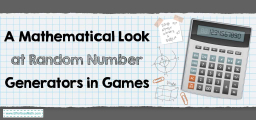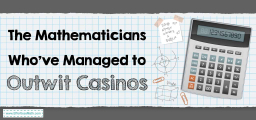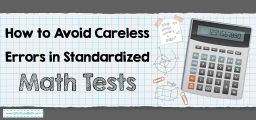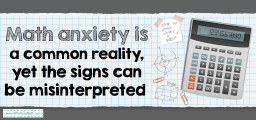Reciprocals
In this comprehensive guide, the main objective is to equip you with the knowledge and skills necessary to effectively locate reciprocals.

A step-by-step guide to Find Reciprocals
A reciprocal of a number is 1 divided by the number.
Reciprocals signify something which is identical on both sides.
For instance, the number 9’s is 1 divided by 9, thus written as \(\frac{1}{9}\).
Reciprocals are also a number taken to the power of \(-1\).
For instance, \(\frac{1}{9}\) is identical to 9 to the power of \(-1\).
A reciprocal is the reverse of a value or a number. So, whenever they are multiplied, they give an equal answer.
Reciprocals – Example 1
Write the reciprocal of \(\frac{4}{20}\).
Solution:
Changed the numerator and the denominator to obtain its reciprocal. \(\frac{20}{4}=5\)
Reciprocals – Example 2
Write the reciprocal of \(\frac{-1}{7}\).
Solution:
Changed the numerator and the denominator to obtain its reciprocal. \(\frac{-7}{1}=-7\)
Related to This Article
More math articles
- How to Add and Subtract Integers: Word Problems
- Using Strip Diagrams to Represent Fractions
- How to Factor Numbers? (+FREE Worksheet!)
- Top 10 3rd Grade OST Math Practice Questions
- 6th Grade OST Math Worksheets: FREE & Printable
- The Best ACT Math Worksheets: FREE & Printable
- The Ultimate 6th Grade DCAS Course (+FREE Worksheets)
- Full-Length 7th Grade GMAS Math Practice Test-Answers and Explanations
- How to Graph Transformation on the Coordinate Plane: Dilation?
- Is the ACCUPLACER Test hard?




































What people say about "Reciprocals - Effortless Math: We Help Students Learn to LOVE Mathematics"?
No one replied yet.